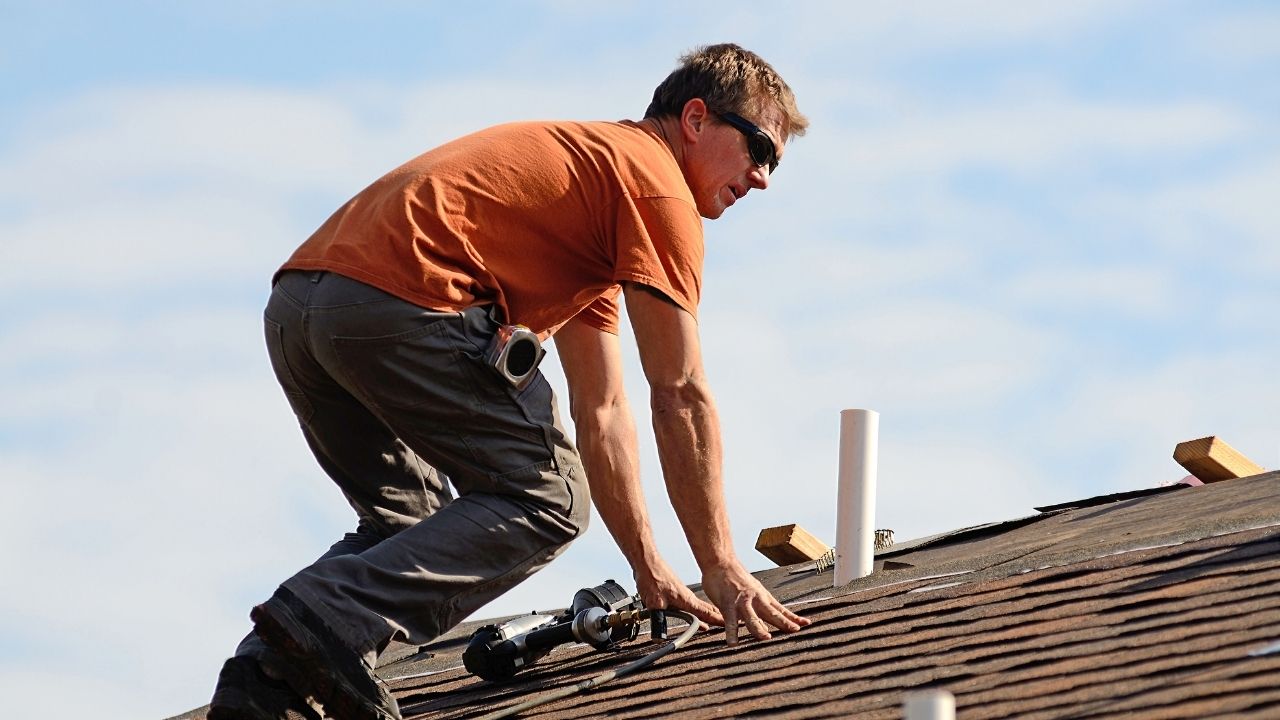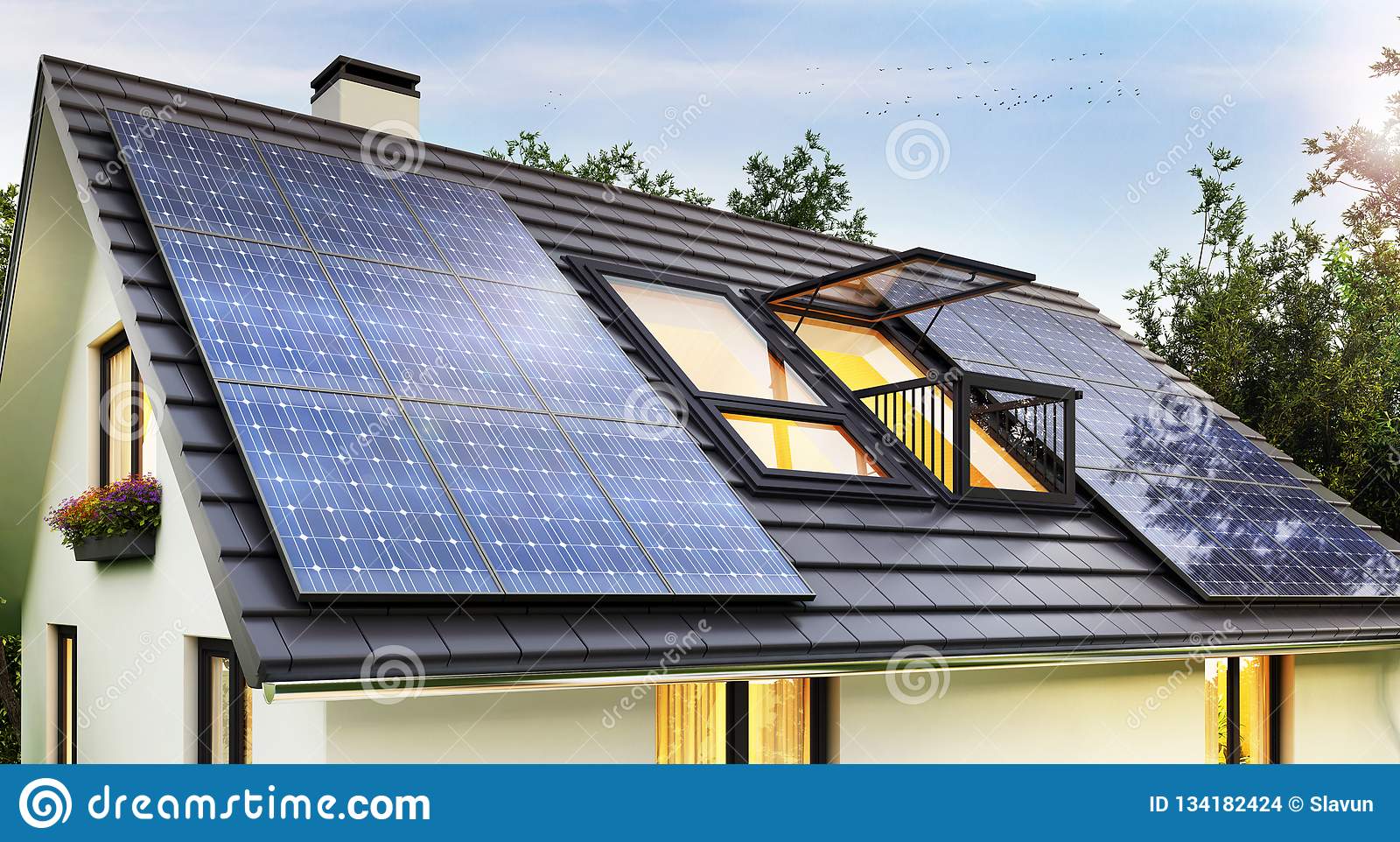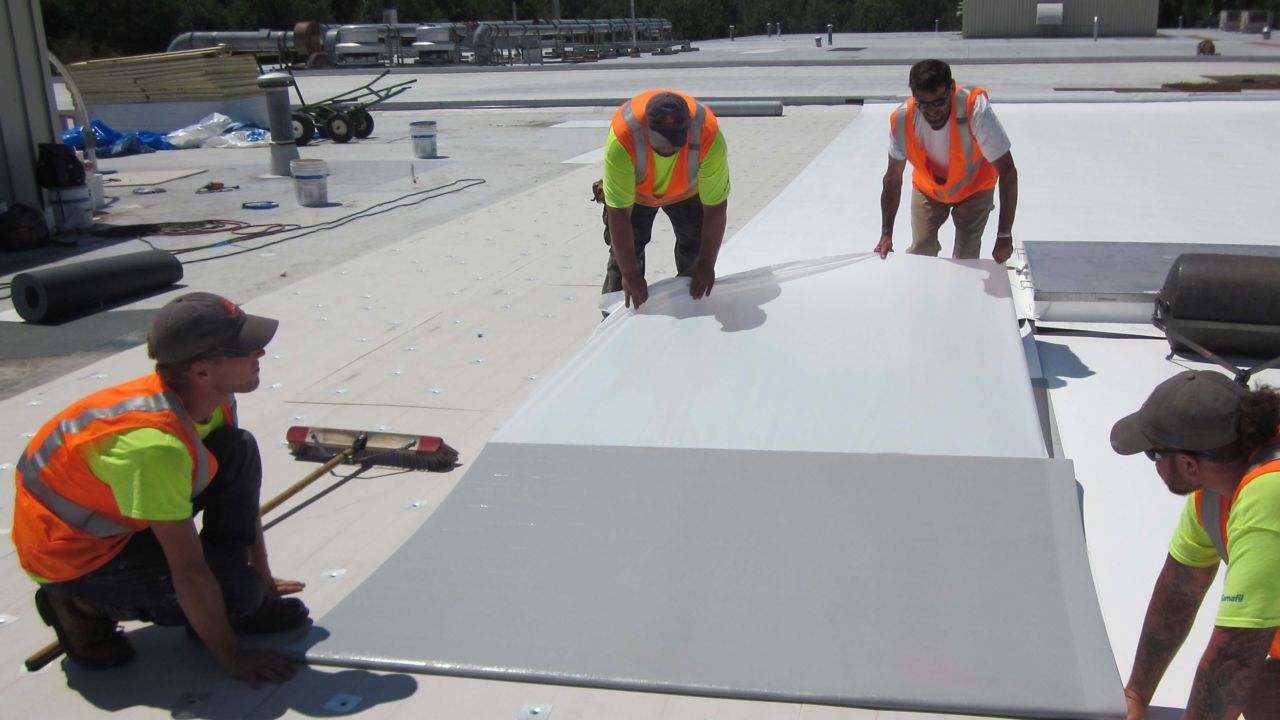
There are many roofing drainage systems. A downspout drainage system is the most common. It directs water away of scuppers to the ground. Cast iron drainage systems are sturdy and very reliable. The drainage systems also have a protective cover that keeps large debris out. The disadvantage of cast iron is that it is pricey and requires regular maintenance. Polyvinyl chloride drainage systems (PVC), are more affordable and versatile.
There are three main types of roof drainage systems. A common roof drainage system is the RD300 AC roofing drain. It has a highly reliable compression seal to prevent leakage. Another type of roofing drainage system that is available is the RD-300 AC. This drain system has a domed strainer which can be adjusted between one and three-and-a half inches in size. These drainage systems feature an epoxy-coated casting iron dome and a self-locking, polyethylene membrane.

There are two types of roofing drainage systems. Positive roof drainage systems use siphoning to drain the water. These systems are most commonly found on flat commercial roofs. They also require fewer drains than other roofing drains. These systems are also more affordable than others and much easier to install. However, they require more care than other types roofing drainage systems. This type drain system does require fewer sloping roofs than other systems.
A primary roof drain is connected with other parts of the roofing drainage system. Its primary function involves transporting rainwater to the ground, or to another area. These drainage systems are called overflows. These roof drains are equipped with a 2'' water dam. It can be external or internally. They are best suited for situations in which a lot of water is on a roof. If the primary roof drainage system fails, a second one will be needed.
There are many types of roofing drains. Some are invisible while others can be seen. It is important to properly install an inner roof drainage method if you are going to install one. The best way to avoid flooding your home is to choose a lower channel over a higher one. These are more effective, but it is important to not flood your home with water if you install the inner roof drain inside the roof.

Scuppers are the most widespread type of roofing drainage. They are installed on the edge of a roof and are designed to prevent water from pooling on the roof. They are often made of sheet metal and are installed with a gutter or downspout. In some cases they can be attached directly or secured with an underdeck clamp. It all depends on where the drain is located. It should be located in the center of the parapet and sloped away from the building's exterior wall.
FAQ
What should I do first in a house renovation?
The first step in fixing up a home is to get rid of any clutter. You will need to clean out all moldy areas and repair any leaky pipes. Finally, you'll need to repaint the interior. You will need to clean up the exterior and paint.
Can you live in a house during renovation?
Yes, I can live in my house while renovating it.
Are you able to live in your house while the renovations are ongoing? The time taken to complete the work will impact the answer. If the renovation takes less than two months, then you can live in your house while it is being built. However, if the renovation project lasts longer than two months, then no, you cannot live in your home while the renovation is taking place.
It is important that you do not live in your home during major construction. The heavy machinery and noise pollution at the job site can also cause dust and noise pollution.
This is especially true when you live in a multistory house. If this happens, the sound and vibration caused by the construction workers can cause significant damage to your home and contents.
As mentioned earlier, you will also have to deal with the inconvenience of living in a temporary shelter while your home is being renovated. This means you won’t have the same amenities as your own home.
While your dryer and washing machine are being repaired, you won't be able use them. The workers will make loud banging noises, paint fumes, and chemicals obstruct your ability to use your dryer and washing machine.
These factors can cause stress and anxiety in you and your family. So it is important that you plan ahead so you don't feel overwhelmed by all the circumstances.
When you decide to start renovating your home, it is best to do some research first so that you can avoid making costly mistakes along the way.
It is also advisable to seek professional assistance from a reputable contractor so that you can ensure that everything goes smoothly.
How Much Does it Cost to Renovate a House?
The cost of renovations depends on what material is used, the size of project and how complicated the job is. Some materials, like wood, need special tools like saws and drilling while others, like steel require no additional tools. The cost of renovations will vary depending on whether your contractor does all the work or you do it yourself.
The average cost for home improvements projects is $1,000 to $10,000. If you are looking to hire professionals, expect to pay between $5,000 and $25,000. On the other hand, if you decide to do the entire task yourself then the total cost could reach up to $100,000.
It is important that you are aware of the many factors that affect the final price of renovations. These include the material used (e.g. These factors include whether brick is concrete or brick, how large the project is, how many workers are involved, the duration of the project and so on. When estimating the total cost for renovation, it is important to keep these factors in your mind.
Can I renovate my whole home myself?
Why pay someone to do it for you when you can do it yourself?
No matter how much DIY you love, there will be times when it is impossible to do it yourself. You may not be able to control all the variables.
You might discover that the wiring in your home is not up to date. In this case, you'll need to hire an electrician to ensure that your electrical system works safely and reliably.
It is possible that your renovations might cause structural damage.
In addition, you might not have the tools necessary to complete the job properly. A plumber's snake is an instrument that can be used to unclog pipes.
There are also plumbing codes that require you to have a licensed plumber working on your project.
Let's just say that you must know what you can do before you undertake such a daunting task.
If you aren't sure if you have the skills or knowledge to tackle the task, get help from your family and friends.
They can help you determine the right steps and where you can find out more.
How can you remodel a house without spending any money?
These are the steps to follow when renovating your house without spending a lot of money.
-
Plan your budget
-
Find out which materials you require
-
Decide where you want to put them
-
Make a list.
-
Figure out how much money you have available
-
Plan your renovation project
-
Get started on your plans
-
Do some research online
-
Ask your family and friends for assistance
-
Get creative
How important is it to get pre-approved for a loan?
Pre-approval for a mortgage loan is essential. It will give you an estimate of the amount you will need. This will help you decide if you are eligible for a loan program.
Statistics
- The average fixed rate for a home-equity loan was recently 5.27%, and the average variable rate for a HELOC was 5.49%, according to Bankrate.com. (kiplinger.com)
- A final payment of, say, 5% to 10% will be due when the space is livable and usable (your contract probably will say "substantial completion"). (kiplinger.com)
- Design-builders may ask for a down payment of up to 25% or 33% of the job cost, says the NARI. (kiplinger.com)
- It is advisable, however, to have a contingency of 10–20 per cent to allow for the unexpected expenses that can arise when renovating older homes. (realhomes.com)
- ‘The potential added value of a loft conversion, which could create an extra bedroom and ensuite, could be as much as 20 per cent and 15 per cent for a garage conversion.' (realhomes.com)
External Links
How To
How do you renovate an old house?
To begin with, I would suggest that you should first determine what type of renovation project you want to undertake. This could include everything from simply updating your kitchen appliances to completely transforming the whole house into something new.
Once you've decided what sort of renovation you want to carry out, then you need to think about how much money you have available to spend. You might find that you don't actually have enough funds to cover the full cost of the entire project. If this happens, you might need to make difficult decisions about which areas in your home you can afford to upgrade and which ones to keep the current budget.
You need to be sure that before you do any renovations you are aware of the following things. You need to make sure you have the right permits for your project. You might also need to check whether you need planning permission for certain types or work. For example, if you plan to add extensions to your home, you might need to apply for building consent.
It is a good idea to verify with the local council before you begin work on your house. It is also important to check whether planning permission is required for every part of the house you are renovating. If you plan to do major renovations, such as replacing a roof, it is advisable to consult your insurance provider to ensure that you have sufficient coverage.
The next step after getting all the permits you need is to choose the right tools and materials for the job. There are many different options available, so it's important to take your time to research them thoroughly. Some of the most common items that people use during their renovation projects include paint, wallpaper paste, flooring, tiles, carpets, insulation, fencing, doors, windows, lighting, plumbing, heating systems, electrical wiring, plasterboard, timber, concrete, bricks, tiling, mirrors, sinks, taps, toilets, washing machines, ovens, refrigerators, microwaves, dishwashers, vacuum cleaners, carpet cleaning equipment, air conditioning units, fireplaces, chimneys, and even garden furniture!
When choosing these items, remember to look at the quality of the product. Low quality products are more likely to be thrown away after a while, while high-quality products last for a longer time and offer better value. When buying anything, it's important that you buy the right amount for the job. You shouldn't just buy too much because you might end up wasting valuable resources and having to throw away large amounts of material. Instead, make sure you only purchase what you really need.
Once you have chosen the materials, it is time to plan where you will store them while you work on the property. If you're remodeling a large portion of the house, you may need to rent storage space to store your materials until you're ready for them to be returned inside. You could also ask your family or friends for help moving the items.